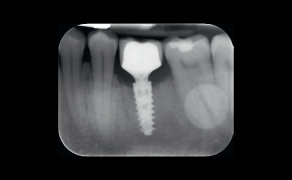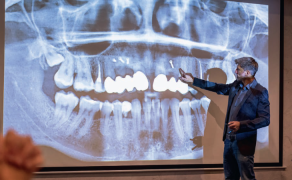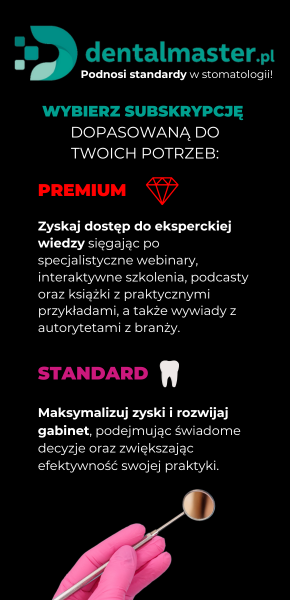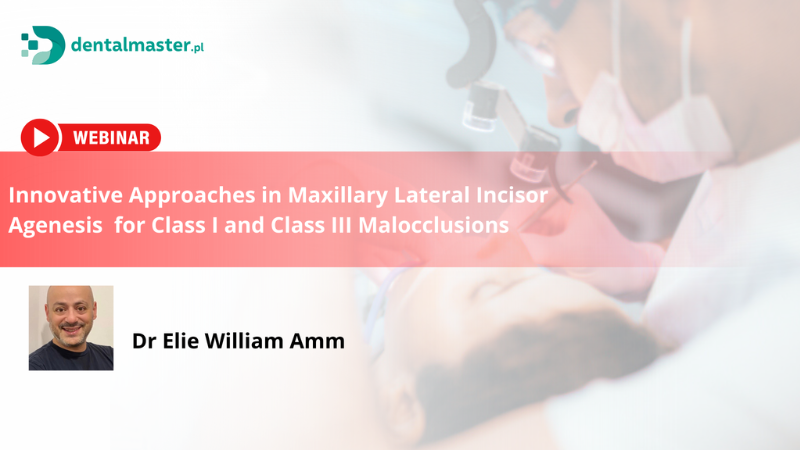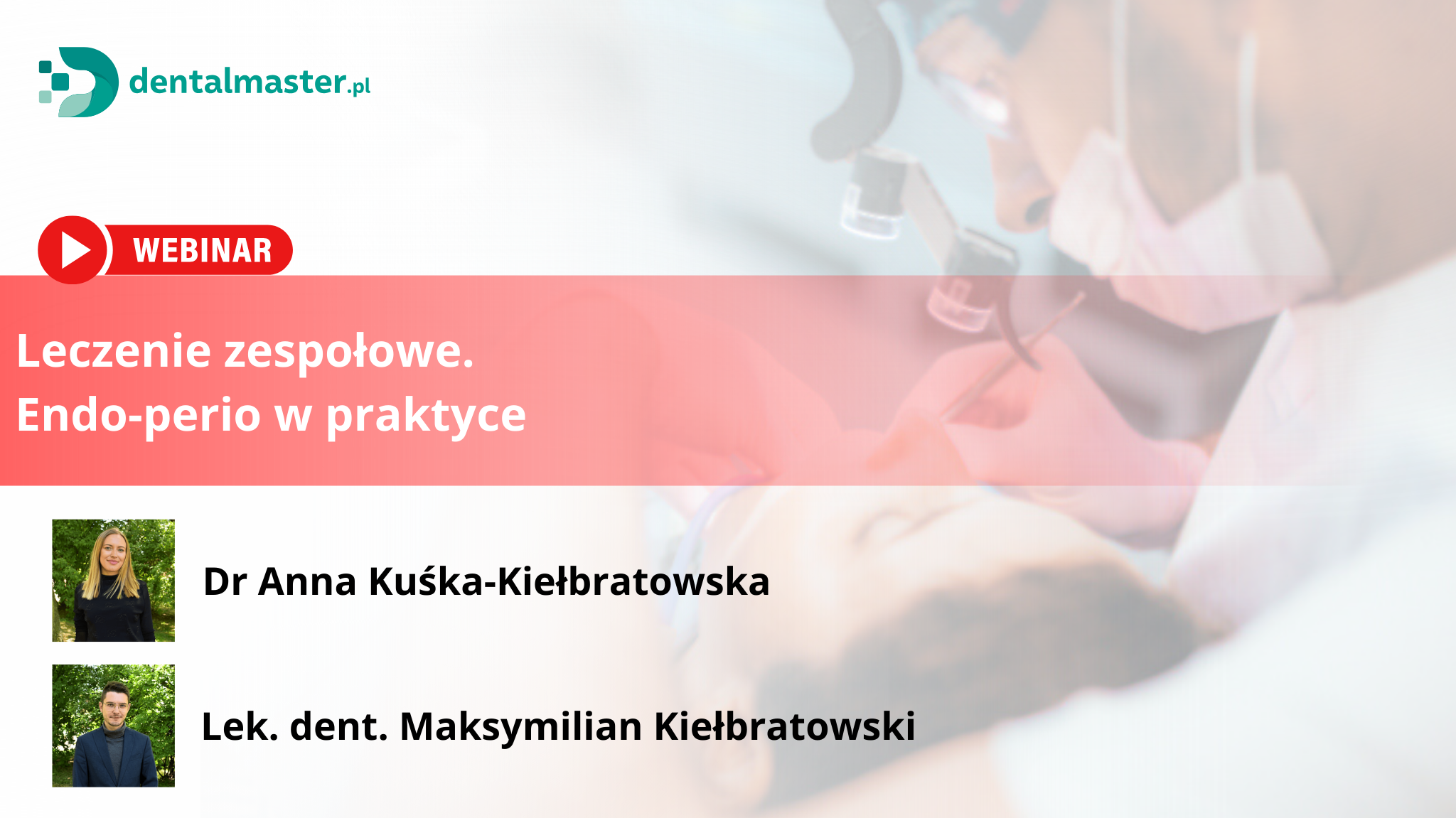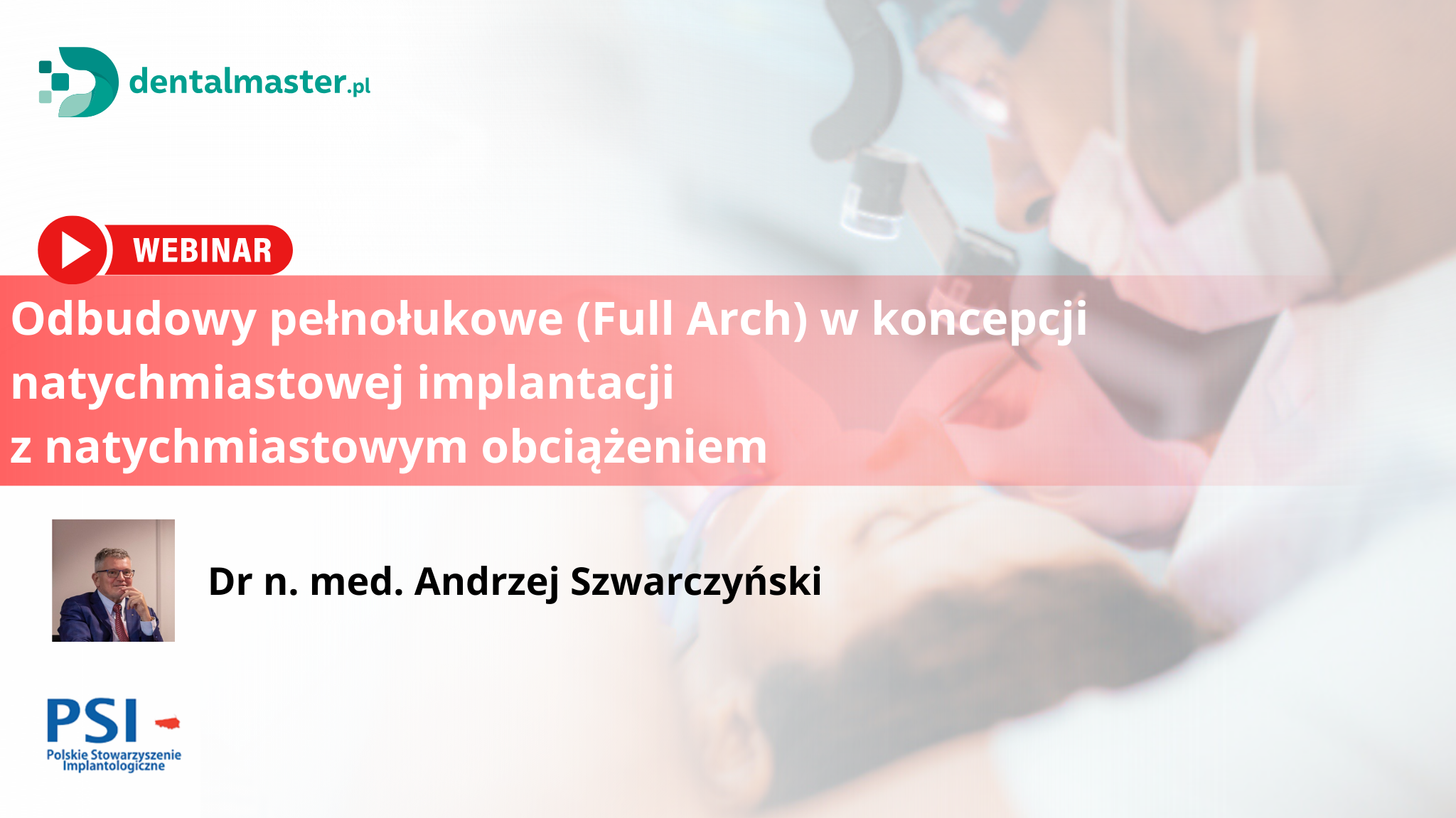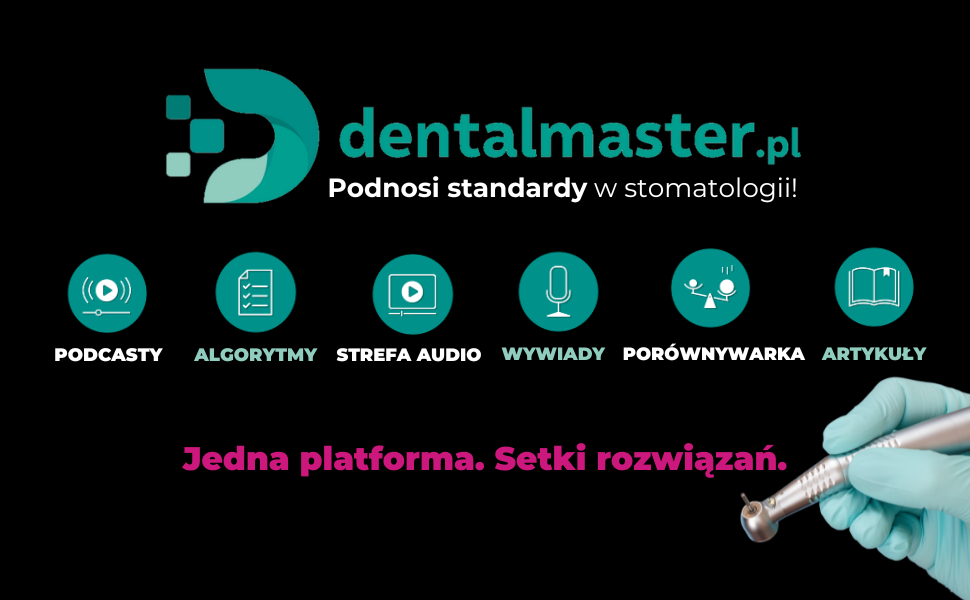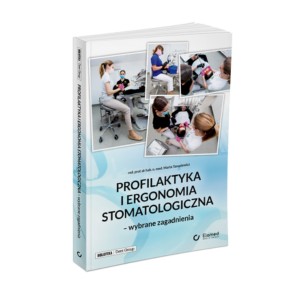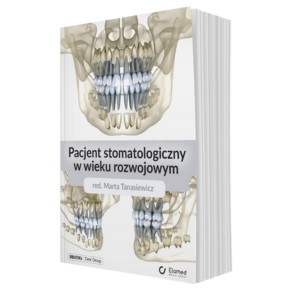Endodontyczne leczenie regeneracyjne zakażonego niedojrzałego zęba wgłobionego, zdiagnozowanego za pomocą tomografii wiązki stożkowej
Regenerative endodontic treatment of an infected immature dens invaginatus with the aid of cone beam computed tomography
Dens invaginatus, known more commonly as “dens in dente” is an unusual developmental anomaly resulting in a deepening or invagination of the enamel organ into the dental papilla before the mineralization phase. The etiology of dens invaginatus is still unclear and several theories have been suggested, including alterations in tissue pressure, trauma, infection, or local discrepancy in the cellular hyperplasia [1].
In 1953, Hallet was the first to document an attempt to classify dens invaginatus. He suggested the existence of four types of invagination based on both clinical and radiographic criteria [2]. A more widely used classification is that described by Oehlers. In his system, Oehlers categorizes invaginations into three classes, based on how far they extend radiographically from the crown into the root. Type I represents an enamel invagination confined within the tooth crown, type II is an enamel-lined form that invades the root as a blind sac and may communicate with the pulp, and type III is a severe form where the invagination extends beyond the cementoenamel junction and exhibiting a second foramen into the lateral periodontal ligament or the periapical tissue [3].
The incidence of dens invaginatus has been reported to be in the range of 0,04%–10%, with the upper lateral incisors most commonly involved [4].
[...]
którzy są subskrybentami naszego portalu.
i ciesz się dostępem do bazy merytorycznej wiedzy!




